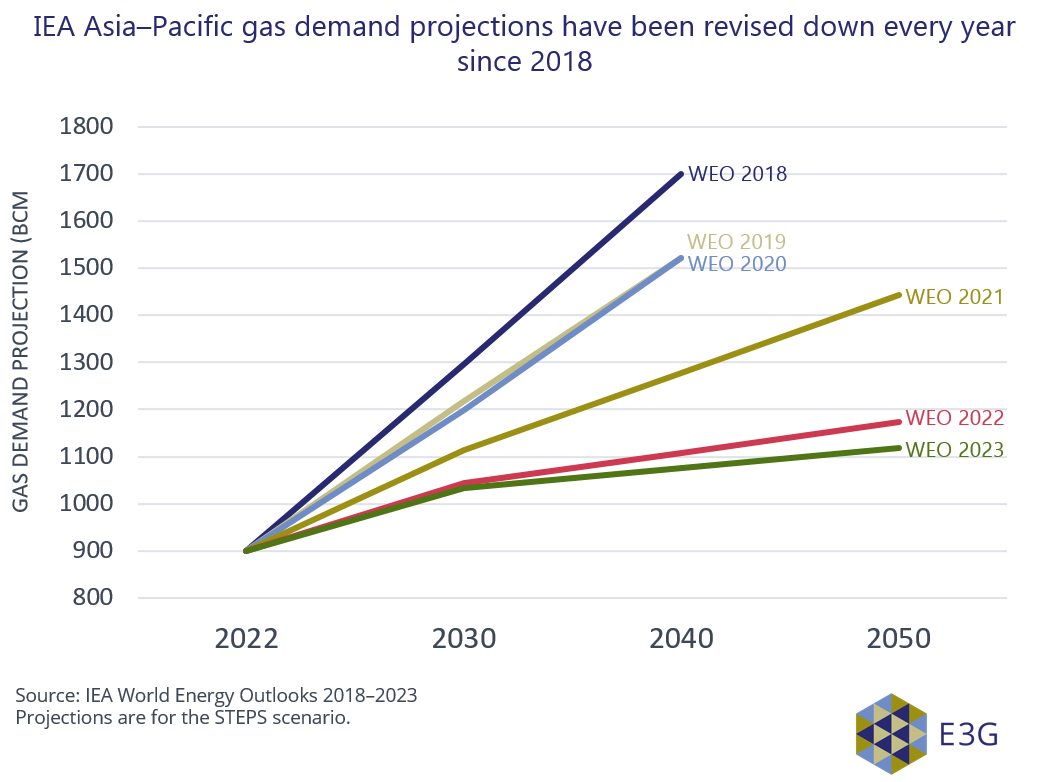
In recent weeks, the coal market has witnessed dramatic price fluctuations, capturing the attention of investors and policy makers alike. These changes are driven by a confluence of geopolitical tensions, evolving regulatory landscapes, and shifting global demand patterns. As the world navigates the complex energy transition, coal retains its role as a pivotal component of the global energy matrix. This analysis delves into the current dynamics of coal prices, exploring the underlying causes of recent volatility and contemplating the future trajectory of the market.

Global Demand Shifts
One of the primary drivers behind recent coal price fluctuations is the shifting demand from major global economies, particularly China and India. As the world's largest coal consumers, any policy shifts or economic changes in these countries have profound effects on global coal markets. China, under its National Energy Administration, has implemented stricter regulatory controls and environmental mandates aimed at reducing coal consumption in favor of cleaner energy sources. This shift is part of China's broader strategy to reduce carbon emissions and combat climate change, aligning with its commitment to peak carbon emissions before 2030 and achieve carbon neutrality by 2060. As reported by Business Insider, such regulatory changes have led to decreased domestic demand, thus impacting international coal prices.
In contrast, India's demand for coal remains robust, driven by its expanding industrial base and increasing energy needs. Despite commitments to renewable energy, coal continues to supply over 70% of India's electricity, underscoring the challenges of transitioning to cleaner energy sources in rapidly developing economies.
Geopolitical Tensions
Geopolitical tensions further exacerbate coal market volatility. The ongoing Russia-Ukraine conflict has disrupted energy supply chains, leading to increased demand for alternative energy sources, including coal, particularly in Europe. Many European countries, amid the crisis, have re-evaluated their energy policies, reversing some coal phase-out plans to ensure energy security. The European Union’s reliance on Russian gas has prompted a temporary pivot back to coal, despite long-term decarbonization goals.
Regulatory Changes and Environmental Policies
In Europe, the energy transition is a crucial factor influencing coal prices. The European Commission's Green Deal aims to make Europe the first climate-neutral continent by 2050. This ambitious goal entails significant reductions in coal use, replaced by investments in renewable energy. However, the transition is fraught with challenges, as evidenced by the recent energy crisis that has forced some countries to reconsider the pace of coal plant closures.

In the United States, the energy policy under the current administration advocates for a gradual reduction in coal dependency, emphasizing the shift towards renewable sources and natural gas. Such policies, coupled with stringent Environmental Protection Agency (EPA) regulations on coal emissions, have contributed to a decline in domestic coal production, affecting exports and international prices.
Market Outlook and Future Implications
The future of the coal market hinges on the delicate balance between meeting immediate energy needs and pursuing long-term sustainability goals. A potential stabilization in coal prices may occur if geopolitical tensions ease and if countries successfully integrate renewable energy into their power grids without significant economic disruptions. However, the volatility is likely to persist as markets adapt to the oscillating policies and external shocks.
Experts suggest that investors should adopt a cautious approach, diversifying portfolios to mitigate risks associated with coal's uncertain future. According to a report by Montel Energy, the global coal market is expected to remain volatile, with price stability contingent on geopolitical resolutions and the pace of energy transitions.
In conclusion, the coal market's recent price dynamics underscore the intersection of energy security, environmental policy, and market forces. As the world navigates these complex challenges, the role of coal in the global energy landscape continues to evolve, demanding strategic insights and adaptive strategies from investors and policymakers alike.